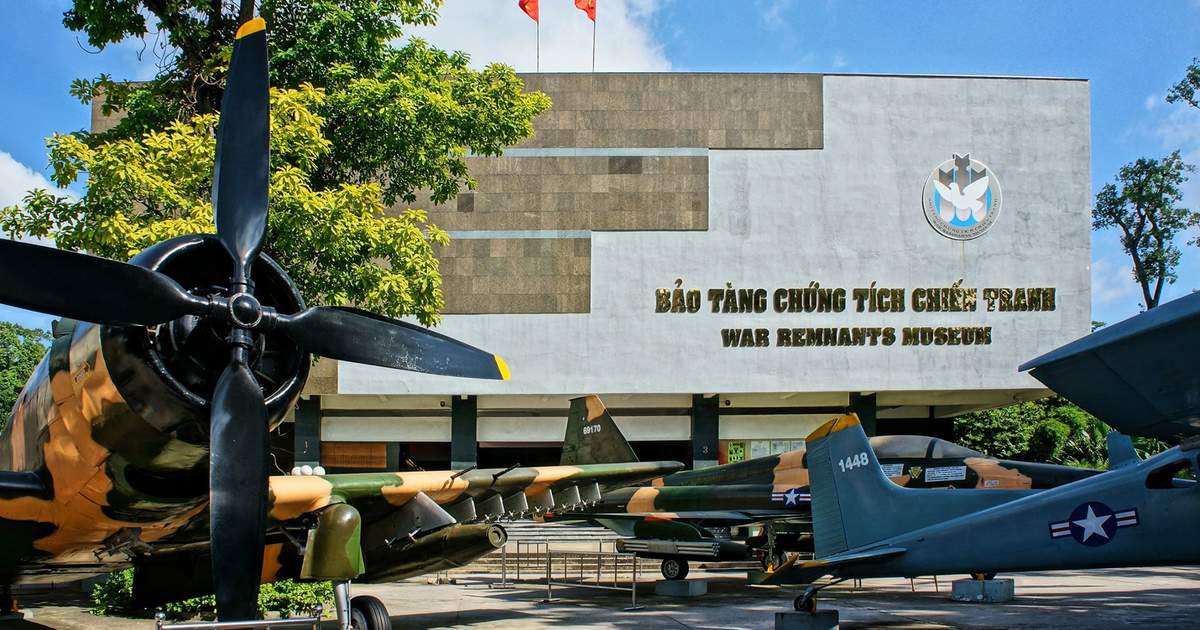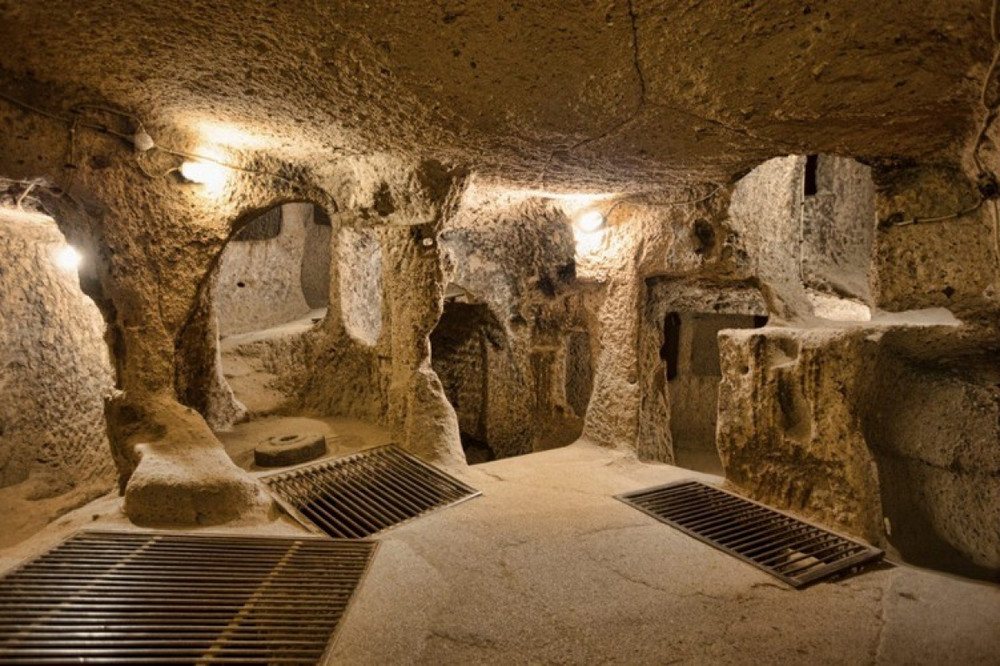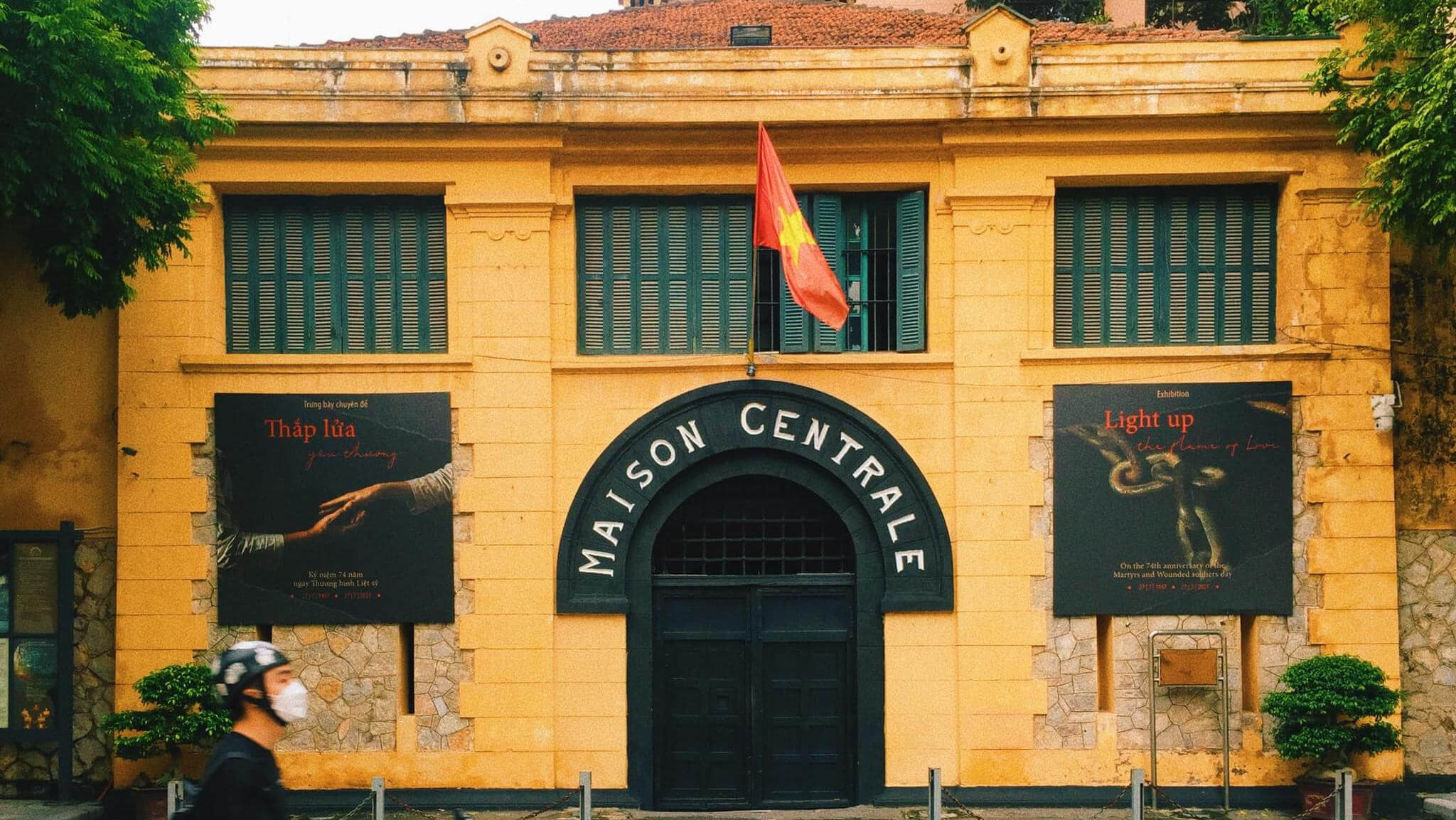
Top 10 Vietnam military history museum must-go!
Vietnam’s history is deeply intertwined with its struggle for independence and reunification. From the colonial era to the devastating conflicts of the 20th century, the country bears the scars of war and the enduring spirit of its people. Here are some of the top Vietnam Military History Museum and sites, with more detailed historical information:
War Remnants Vietnam military history Museum (Ho Chi Minh City):

This museum offers a sobering look at the Vietnam War from the Vietnamese perspective. Originally opened as the “Exhibition House for American War Crimes,” it presents a powerful narrative of the conflict.
- Location: 28 Vo Van Tan, District 3, Ho Chi Minh City
- History: Opened in 1975, shortly after the end of the Vietnam War, the museum’s name has changed over time to reflect evolving diplomatic relations. The exhibits focus heavily on the period from the early 1960s to 1975, but also touch on the earlier French colonial period.
- Highlights: Exhibits on the devastating effects of Agent Orange, graphic photographs of war atrocities, and displays of captured American military equipment. The museum also highlights the international anti-war movement.
Cu Chi Tunnels (Ho Chi Minh City):

Explore the vast network of underground tunnels used by the Viet Cong soldiers during the Vietnam War.
- Location: Cu Chi District of Ho Chi Minh City
- History: The tunnels’ construction began in the late 1940s during the First Indochina War against the French. They were significantly expanded during the Vietnam War, becoming a complex underground city with living quarters, storage, weapon factories, hospitals, and command centers. The tunnels played a crucial role in the Viet Cong’s resistance efforts.
- Highlights: A guided tour allows visitors to experience crawling through sections of the tunnels, seeing the intricate trap systems, and learning about the daily life of the Viet Cong soldiers who lived there.
Vietnam Military History Museum (Hanoi):

Displaying artifacts and images associated with Vietnam’s historical years, including the resistance wars against colonialism and imperialism.
- Location: 28A Dien Bien Phu Street, Ba Dinh Ward, Hanoi
- History: Established in 1956, the museum covers a broad span of Vietnamese military history, from ancient times to the modern era. However, a significant portion is dedicated to the First and Second Indochina Wars (against the French and Americans, respectively).
- Highlights: The outdoor exhibit features an impressive collection of large artifacts, including tanks, aircraft, and artillery. Indoor exhibits showcase the various campaigns and battles fought throughout Vietnam’s history.
Hoa Lo Prison – Vietnam military history museum (Hanoi):

Also known as the “Hanoi Hilton,” this prison was used by the North Vietnamese Army to house American prisoners of war.
- Location: 1 Hoa Lo, Hoan Kiem District, Hanoi
- History: Originally built by the French colonial administration in the late 19th century to house Vietnamese political prisoners,1 it was later used to house American POWs during the Vietnam War. The name “Hanoi Hilton” was sarcastically given to it by the American prisoners.
- Highlights: Exhibits focus on the conditions endured by both Vietnamese prisoners under French rule and American POWs during the Vietnam War. Some displays have been criticized for presenting a sanitized view of the POW experience.
Reunification Palace (Ho Chi Minh City):
Formerly Independence Palace, this site marks the official end of the Vietnam War.
- Location: 135 Nam Ky Khoi Nghia Street, District 1, Ho Chi Minh City
- History: Built in the 1960s, it served as the presidential palace for the South Vietnamese government. It gained iconic status when North Vietnamese tanks crashed through its gates on April 30, 1975, symbolizing the fall of Saigon and the reunification of Vietnam.
- Highlights: The palace has been preserved largely as it was on that day, with meeting rooms, the presidential office, and the basement war room open for visitors.
DMZ (Demilitarized Zone) Vietnam military history museum:
The former border between North and South Vietnam, this area saw heavy fighting during the war.
- Location: Quang Tri
- History: Established as a five-kilometer-wide buffer zone between North and South Vietnam as a result of the 1954 Geneva Accords. It became a heavily contested area during the Vietnam War, witnessing intense battles and bombardments.
- Highlights: Sites within the DMZ include the Khe Sanh Combat Base, the Vinh Moc Tunnels, and the Ben Hai River (which formed the actual border).
Vinh Moc Tunnels – Vietnam military history museum (Quang Tri):
These tunnels were built by civilians to survive the intense bombing during the Vietnam War.
- Location: Vinh Thach, Vinh Linh, Quang Tri
- History: Entire villages moved underground to escape American bombing raids. The Vinh Moc tunnels were remarkably sophisticated, with multiple levels, living quarters, a hospital, and even a maternity ward where 17 babies were born.
- Highlights: Visitors can explore the well-preserved tunnels and learn about the resilience of the local population.
Khe Sanh Combat Base (Quang Tri):

A former U.S. Marine Corps outpost that witnessed a pivotal siege during the Tet Offensive.
- Location: Huong Hoa district, Quang Tri
- History: The base was established by the U.S. Marines near the Laotian border. In 1968, it was subjected to a prolonged siege by North Vietnamese forces, a major event during the Tet Offensive.
- Highlights: An on-site museum displays military vehicles and aircraft.
My Son Sanctuary Vietnam military history museum (Quang Nam):
While not exclusively a war museum, this site has historical significance and may have been affected by the war.
- Location: Duy Phu, Duy Xuyen, Quang Nam
- History: A UNESCO World Heritage site, My Son is a complex of ancient Cham temples dating back to the 4th century. The Cham civilization flourished in this region of Vietnam for centuries. While the site predates the Vietnam War by centuries, it sustained some damage from bombing during the conflict.
- Highlights: Explore the well-preserved ruins of the ancient Cham temples.
Ho Chi Minh Vietnam military history museum (Hanoi):
Dedicated to the life and work of Ho Chi Minh.
- Location: 19 Ngoc Ha Street, Ba Dinh District, Hanoi
- History: This museum chronicles the life of Ho Chi Minh, a key figure in Vietnamese history and the leader of the Vietnamese independence movement. It showcases his early life, his travels, and his role in the fight against French colonialism and American involvement.
- Highlights: Exhibits include personal artifacts, documents, and photographs related to Ho Chi Minh’s life and the Vietnamese revolution.
Would you like even more details about any of these locations, or perhaps information about travel to Vietnam?
See also:
